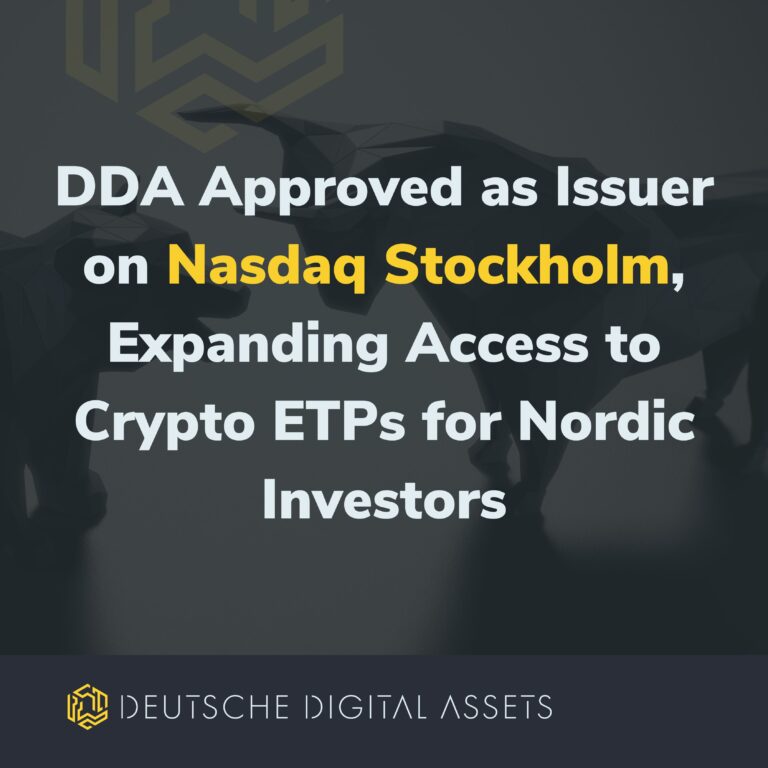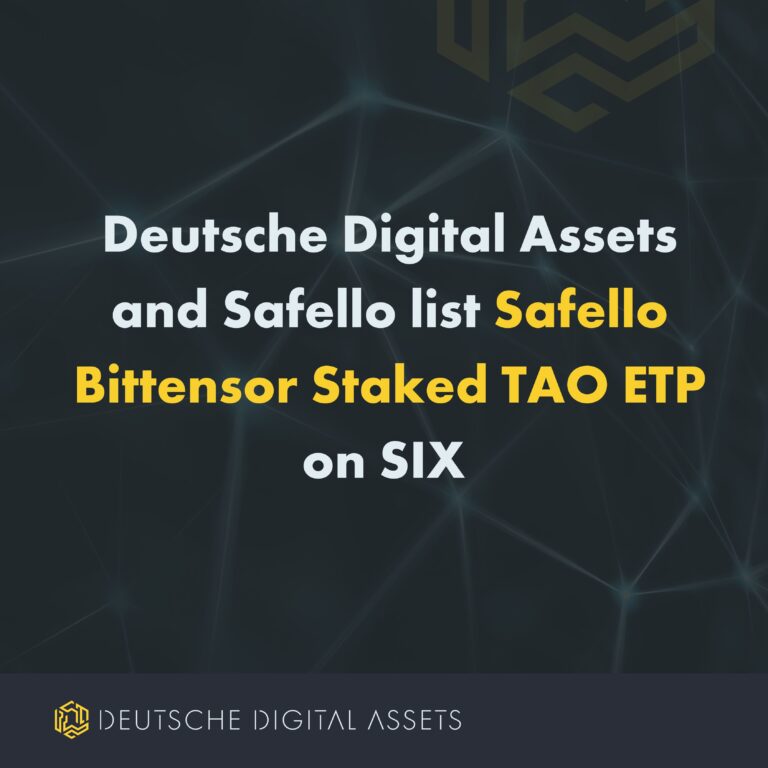By Eleanor Haas, an Iconiq Lab partner, advises crypto and life science innovators and Astia Angels and co-leads Keiretsu Forum New York
It’s early days for blockchain — or crypto as the broader trend is called — but we can already see it changing how the world works. No, it’s not because of Bitcoin. That’s merely one application. It’s because of how the underlying technology shifts power and control.
Blockchain is changing how we relate to one other. It’s enabling new ways to communicate, exchange value and interact, creating a new social infrastructure.
To define it, the blockchain means both a peer-to-peer computer network that runs parallel to the Internet and the database of transactions it contains. Blockchain software platforms — Ethereum, EOS, and Hyperledger, for example — are also called blockchains.
“Crypto” comes from private key cryptography, a core blockchain technology that allows data privacy to coexist with transparency, an essential feature of all blockchain applications.
This is Part 1 of a two-part blog post. It speaks to the first three of five ways blockchain is changing our world — establishing a basis for one-to-one economic trust, decentralizing connections and energizing collaboration.
- A Basis for One-to-One Economic Trust. Society is founded on exchanges of value, and blockchain technology was invented to enable people to trust each other to make these transfers without the need for a trusted third party, such as a bank, broker or real estate agent, a practice going back more than 600 years.
Eliminating intermediaries vastly speeds processes and reduces costs for such purposes as financial and real estate record-keeping and transactions, asset management, energy and commodity trading, supply chain management and electronic health records, among others. It also eliminates a source of fraud — remember Bernie Madoff? Enron?
What we actually trust instead of intermediaries is the data embedded in the blockchain database. What makes it trustworthy is that it’s immutable, time-stamped and distributed — stored as multiple copies on multiple independent computers that no single entity can control — and verified by validators. The database becomes a single source of truth.
Decentralized means the peer-to-peer blockchain network has no central server. Decentralized connections help assure data integrity by eliminating third party control — and they also add further value for users.
- Decentralized Connections. Because no single entity can control a decentralized network, decentralized electronic connections change the balance of power between the technology platform provider and its user, putting the user in control.
User-based data ownership and the ability to monetize your personal data? It’s happening at Vetri.global, a personal data management platform.
Social media based on the decentralized blockchain infrastructure? Yes, that’s happening as well. Steemit.com, Sapien.network, Sola.ai and Indorse.io are among the growing number of early-stage blockchain-based social media in development, and they reward content creators and curators as well as users as part of a digital sharing economy. What a thought: a digital sharing economy!
It’s controversial, though possible, to design a blockchain to be centralized/private or, partly centralized/hybrid as opposed to completely decentralized/public. In these cases, a deploying enterprise or government controls access and levels of participation with permissioning. But it’s the permissionless public model that was the original, and decentralization is viewed by many as the soul or guiding ideology of blockchain technology, exciting because of its potential to subvert and innovate.
The reason for the original model was to make Bitcoin possible. Bitcoin, described by its inventor as “a peer-to-peer electronic cash system,” is digital money issued by a private source. It was initially intended to solve the problem of hyperinflation, which wipes out purchasing power and the value of cash people are holding in their wallets or banks. Because this is typically caused by government budget deficits financed by money creation rather than loans or higher taxes, the primary object was to eliminate central control with a decentralized system.
Centralized systems and organizations are hierarchical. All the power flows from the top down, channeled through the flow of information. For decentralized systems and organizations, decision-making resides in the individual participant; information flows sideways and governance is collaborative. Collaboration becomes the third aspect of relationships shaped by blockchain.
- Incentivized Collaboration. Driving the crypto space is a culture of “we’re all in this together,” a culture embraced by developers and users alike that values sharing and collaboration rather than competition. Collaboration is key to effective decentralized decision-making.
Supporting the cultural trend to share and collaborate are cryptoeconomic incentives designed to galvanize openness and cooperation among network participants, i.e., both the computers validating data (“crypto miners”) and currency or data users. The incentives take the form of digital rewards — digital money for crypto miners or utility tokens for users, which provide access to specific rights, products or services or other benefits.
The value of the digital currency or tokens, like that of government-issued currency, is determined by the ratio of supply to demand. But where the supply of government-issued currency can be varied by sovereign governments in ways that impoverish people, the supply of digital currency is fixed at inception and controlled by technology, free of human intervention. It is then to the mutual self-interest of the organizations and individuals who use a digital currency to use more and more of it in order to support its value by increasing demand.
A crypto company’s community members are also incentivized to engage with each other and the business to optimize revenue from sales of products or services and to multiply value of the network through the network effect, where the value of something increases as more people use it. Aligned self-interest makes communities truly the heart and soul of any viable crypto business model, and community member recruitment and relationship management becomes a top priority.
Humans at the core of the value chain? A human-centered Internet? Yes!
Part 2 will be about why blockchain matters because of the new business models, new ways to invest and new way to finance innovation.















